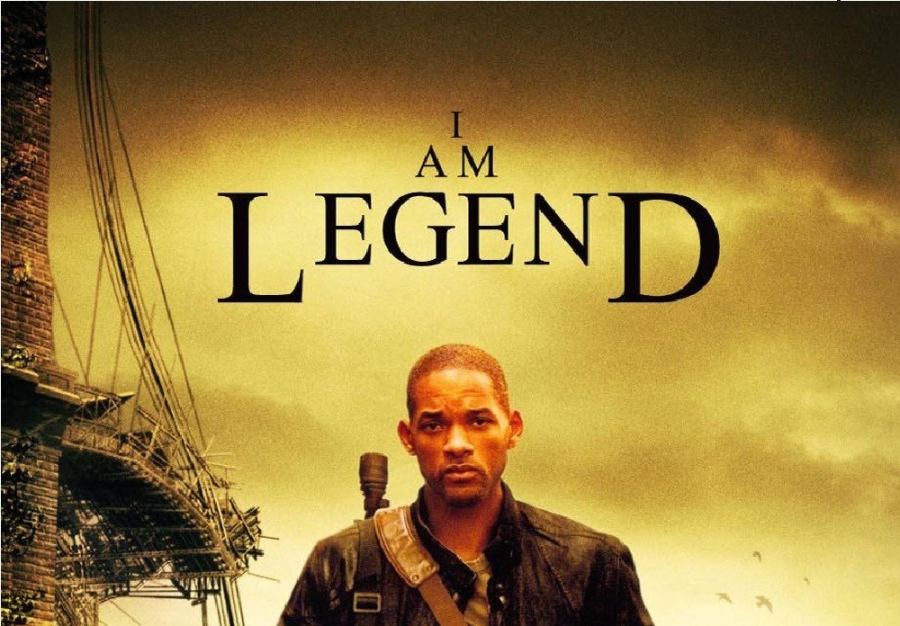We often think that suspense = dramatic stakes. The higher the stakes, the higher the suspense. Thus, threatening the character with whom readers have the most connection should create the most suspense, right?
Wrong. Yes, threatening your main character will enhance suspense. However, you’ll never achieve super-high levels of suspense because readers know you won’t really kill your hero halfway through the novel.
So, by all means – threaten your main character. But to achieve even more suspense, don’t threaten your protagonist: threaten the things your protagonist values.
Why You Should Threaten Values:
As I said before, readers know your hero’s probably going to survive. This limits the suspense you can create by endangering your main character.
However, readers don’t know if your hero’s best friend will survive. Or his/her loved one. Or his/her prized 1950s sports car. Or his/her cat.
It doesn’t just have to be people’s lives in danger. Suspense can come from readers not knowing if the protagonist will make it to his daughter’s piano recital on time.
Readers believe valued things could be destroyed much more readily than the protagonist themselves. Thus, suspense increases when you threaten things the protagonist values.
The Two Ingredients of Suspense:
Suspense is really about two things:
- Dramatic stakes (i.e. threatening two people is more suspenseful than only threatening one)
- Believability of consequences (i.e. it’s more believable that the hero’s best friend will die rather than the hero themselves ->)
Most people only consider number 1 when crafting suspense. I hope this article encourages you to consider the second point as well.
What are your thoughts on suspense? Do you think believability is a key part of suspense? Can you think of any other essential components of suspense? I’d love to hear your thoughts!
Photo credit: krystian_o via Visual hunt / CC BY

























